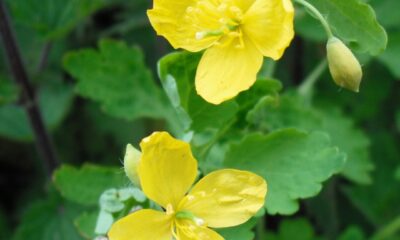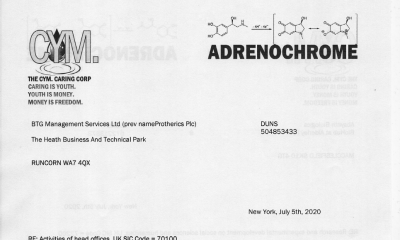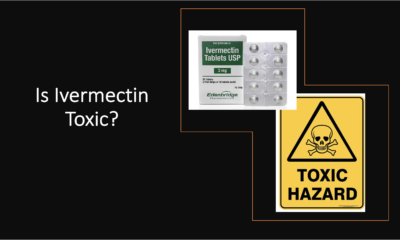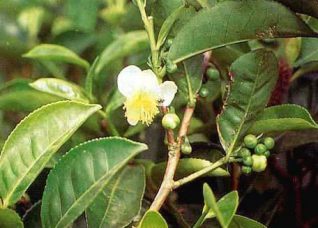- Published: 22 January 2018
Elizabeth A. Guzman-Hernandez David Segura-Cobos Dante Amato Jose Guillermo Avila-Acevedo2 Beatriz Vazquez-Cruz
ABSTRACT
There are reports of the presence of vasodilatory alkaloids in Heimia salicifolia extracts. The action mechanisms of the potential antihypertensive effect of such alkaloids have not however, been elucidated. The objective of the present study was to corroborate the antihypertensive and vasorelaxant activities of the isolated alkaloids from H. salicifolia, and to characterize their vasorelaxant actions. A chloroform extract (HSCE) was obtained from H. salicifolia. The alkaloids were separated by thin layer chromatography, extracted from silica gel, and evaluated using spectroscopy. The alkaloid with the most potent vasorelaxant activity was identified as lythrine. The antihypertensive effect of the HSCE was corroborated on normotensive rats and on animals with Nω-nitro-L-arginine-methyl ester (L-NAME) induced hypertension. The action mechanisms of the HSCE and lythrine were studied on isolated and perfused rat mesenteric vascular bed (MVB) preparations. HSCE administration produced a concentration-dependent relaxation, but in preparations without vascular endothelium, the relaxant response to HSCE was significantly diminished. In MVB preparations with intact vascular endothelium, pre-contracted with phenylephrine or L-NAME, perfusion with lythrine produced concentration-dependent relaxation; a similar effect was produced by acetylcholine. Wortmannin (phosphatidylinositol 3-kinase inhibitor) and methylene blue (guanylate cyclase inhibitor) decreased the relaxant effect of lythrine. These data suggest that the vascular relaxation induced by alkaloids isolated from H. salicifolia is dependent on the activation of the nitric oxide/guanylate cyclase pathway.
Key words: Heimia salicifolia, lythrine alkaloid, hypertension, Nω-nitro-L-arginine-methyl ester (L-NAME), mesenteric vascular bed.
INTRODUCTION
Hypertension can be defined as chronic elevation of systolic and/or diastolic blood pressure above 140/90 mm Hg. It is a major risk factor for cardiovascular diseases such as congestive heart failure, coronary artery disease, stroke, and renal disease. Despite progress in prevention, detection, treatment, and control of high blood pressure, hypertension remains an important public health problem (Go et al., 2014), and its prevalence has been gradually increasing worldwide. The World Health Organization (WHO) reported in 2013 that hypertension is a major public health issue and it is the cause one in every eight deaths. Globally, cardiovascular diseases account for approximately 17 million deaths/year, and complications of hypertension account for 9.4 million deaths/year worldwide (World Health Organization, 2013). In Mexico, hypertension is considered a national health problem (Balam-Ortiz et al., 2014). Hypertension prevalence in Mexican adults ≥ 20 years was 23.8% in 1993, 30.8% in 2006, and 31.5% in 2012 (Campos-Nonato et al., 2013). Many synthetic antihypertensive drugs have been commonly used for hypertension control in developed countries. Some of these drugs have many side effects.
Complementary and alternative medicine may have the potential for hypertension treatment (Magos et al., 2017; Baharvand et al., 2017). Herbal medicines still remain the most popular choice in certain developing countries. The extensive use of herbal remedies in such nations has led to extensive research in this area to determine their potential efficacy. Several modern cardiovascular drugs are now available as natural/herbal products (Tirapelli et al., 2010; Luna et al., 2013). There are several regions in Mexico with many plants used as herbal remedies that may represent an opportunity for the discovery of new antihypertensive drugs (Hernández et al., 2013). Also, it has been demonstrated that a partial separation of H. salicifolia alkaloids produced antihypertensive effects on angiotensin II-caused acute hypertension. Nevertheless, the pharmacological properties of H. salicifolia have not yet been widely studied. The aim of the present study was to investigate the antihypertensive and vasorelaxant activity of the isolated alkaloids from H. salicifolia and to characterize its possible vasorelaxant action.
Reference:
https://academicjournals.org/journal/AJPP/article-full-text/7B7C12355849


 Alternative Health2 years ago
Alternative Health2 years ago
 Life Force Network2 years ago
Life Force Network2 years ago
 Alternative Health1 year ago
Alternative Health1 year ago
 Life Force Network2 years ago
Life Force Network2 years ago
 Alternative Health2 years ago
Alternative Health2 years ago
 Military2 years ago
Military2 years ago













